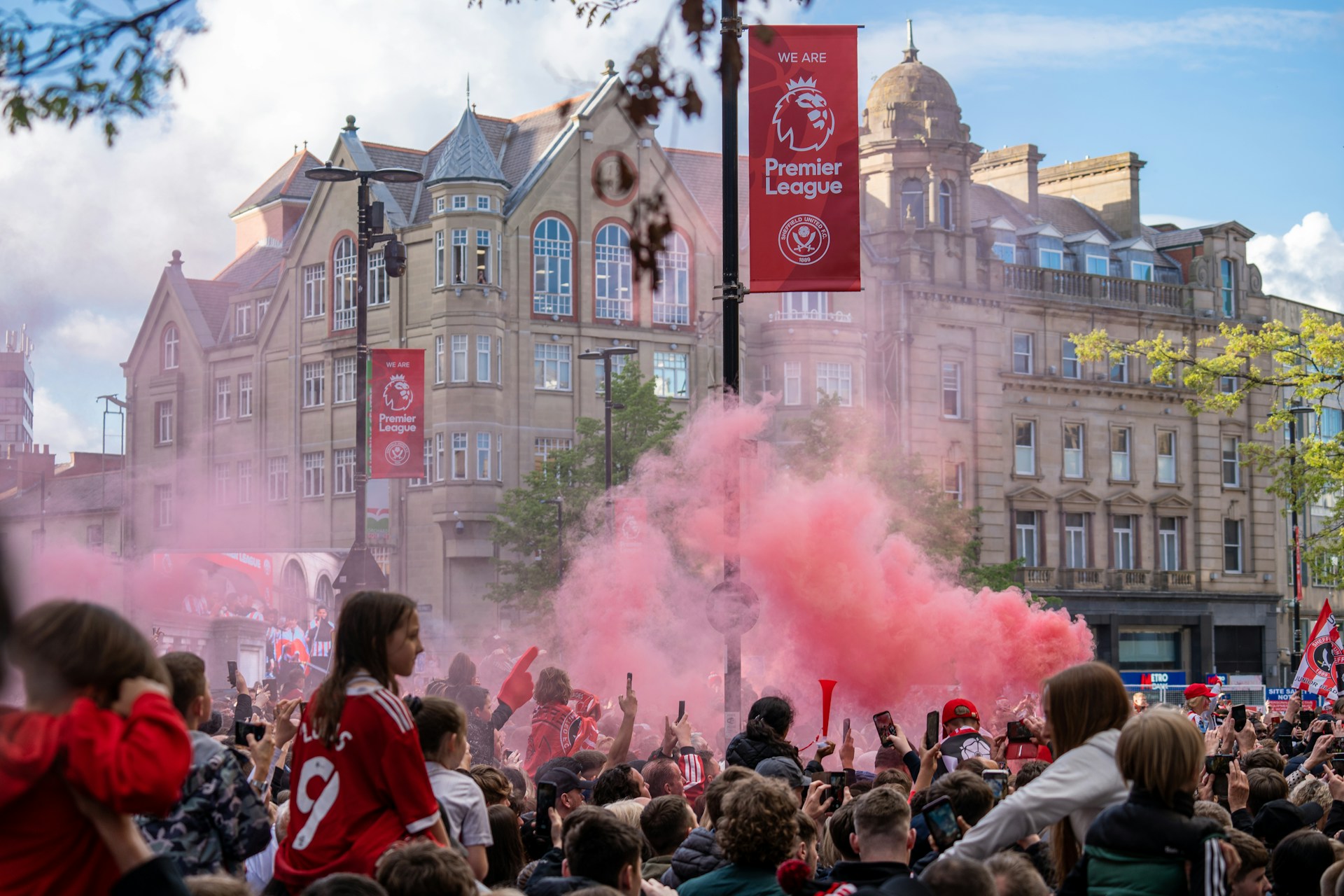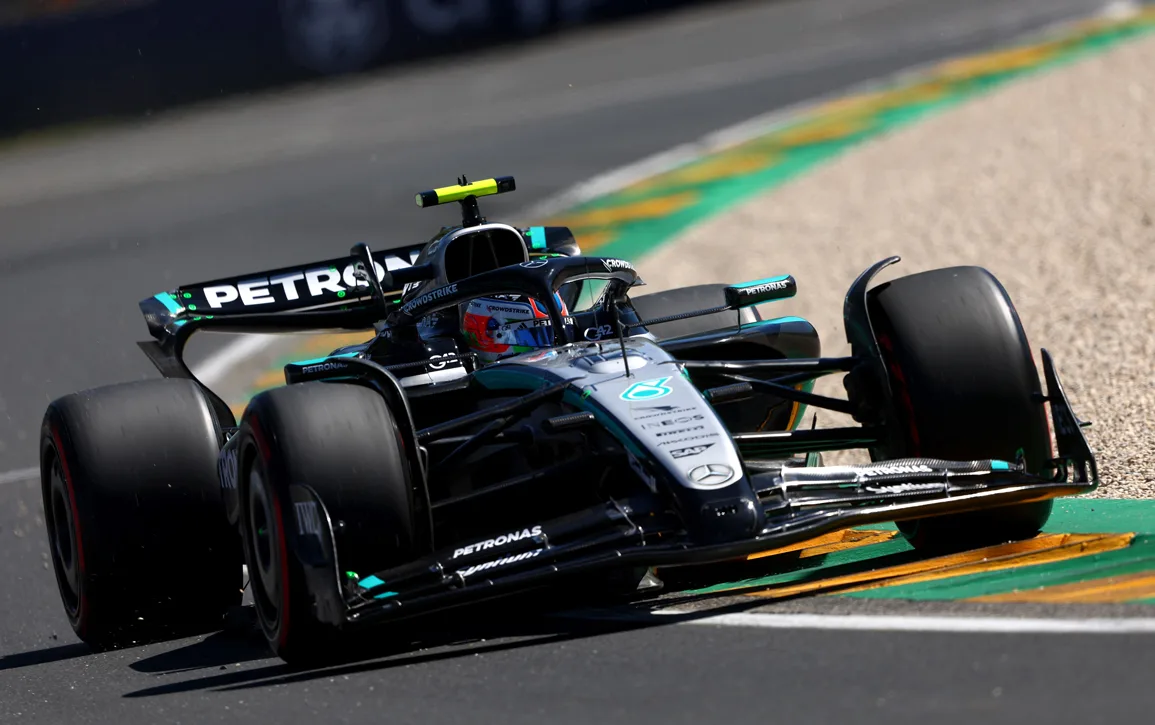Introduction
Madrid is a city of plazas and palaces, tapas and terraces — but beneath the sunlight lies a fault line that refuses to close. It isn’t about politics or economics. It’s about football. For more than a century, two clubs have split the Spanish capital into white and red stripes, crowns and colchoneros, royalty and rebellion. Real Madrid and Atlético Madrid don’t just share a city; they share an obsession with proving the other wrong. This isn’t just a rivalry. It’s Madrid fighting itself.
Two Births, Two Worlds
Real Madrid (1902): Founded by students, adopted by royalty. Their “Real” title was gifted by King Alfonso XIII. White became their eternal symbol: purity, prestige, power.
Atlético Madrid (1903): A year later, Basque students created Athletic Club de Madrid. Their shirts were sewn from mattress cloth, giving them the nickname los colchoneros. Where Real embodied the crown, Atlético embodied grit. From their first days, Madrid had two teams — and two ways of imagining itself.
The Club of the Crown vs The Club of the Streets
Through Spain’s turbulent 20th century, these identities hardened. Franco’s dictatorship elevated Real Madrid’s success into a national symbol. Their five straight European Cups in the 1950s made them the club of Spain’s establishment.
Atlético, meanwhile, grew into the voice of the underdog. Their fans were factory workers, shopkeepers, kids from Madrid’s south side. To support Atlético wasn’t just about football. It was a statement: we are not them.
Battles That Made Legends
- 1950s & 60s: Real’s Di Stéfano era was unstoppable. Yet Atlético were the only team in Spain who could stand toe-to-toe, winning three league titles in five years.
- 2014 Champions League Final: Atlético led until the 93rd minute. Sergio Ramos’ header broke them. Real won 4–1 in extra time.
- 2016 Champions League Final: Two years later, another final, another heartbreak. This time Atlético lost on penalties.
For Real, these were nights of triumph. For Atlético, scars. Yet those scars are woven into their identity. To be an Atlético fan is to suffer, and to suffer with pride.
The Derby at Home
Madrid’s rivalry isn’t just in stadiums. It’s in families and streets. A father wears white; his daughter wears stripes. Bars are divided, tables split down the middle. In schools, children whisper which side they’re on, knowing half the class disagrees. Unlike rivalries divided by geography, this one is intimate. Your enemy is your neighbor. Sometimes, it’s your brother.
Real’s Galácticos, Atlético’s Warriors
Real Madrid became the world’s ultimate “galáctico” club: Di Stéfano, Zidane, Ronaldo, Cristiano, Benzema. Stars who defined eras.
Atlético became the home of fighters: Luis Aragonés, Fernando Torres, Diego Godín. Under Diego Simeone, Atlético embraced a warrior spirit — resilient, defensive, relentless. Where Real looked like a symphony, Atlético played like a street fight. And fans loved them for it.
Culture Beyond the Pitch
To outsiders, Real vs Atlético is a football match. To Madrileños, it’s a cultural code. Real represents the global, the glamorous, the powerful. Atlético represents grit, loyalty, defiance. Both sides define the city’s identity — not just in sport, but in how Madrid understands itself.
Why the Fight Will Never End
Real Madrid’s trophy room is unmatched in world football. Atlético Madrid’s scars are worn as badges of pride. Together, they create a rivalry that is less about silverware and more about survival. Madrid cannot stop fighting itself because these two clubs represent two sides of the same soul. To pick Real is to reject Atlético. To pick Atlético is to live forever in defiance of Real. And so the city will always be divided — by colors, by chants, by pride.
Bottom Line
The Madrid Derby is not just about 90 minutes. It is about identity, class, culture, and survival. It is about one city that cannot stop fighting with itself — because to stop would mean to lose what makes Madrid, Madrid.

